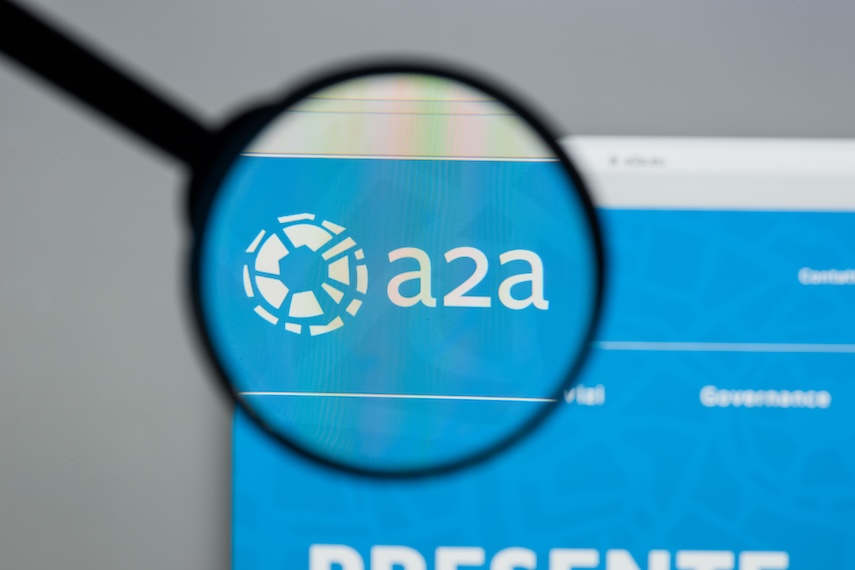Here’s an interesting unintended consequence of policy and political shifts away from renewable energy – missed KPIs in Sustainability-Linked Bonds (SLBs). Net Zero Investor reported that Italian energy company A2A
“confirmed that it missed a renewable energy target associated with an SLB issued in 2022. The revelation was made in A2A’s report on operations. The 2022 SLB issued by the company had a sustainability performance target (SPT) linked to installed renewable energy capacity. The target for which was set at 3 GW. The company’s existing capacity at last count stood at 2.6 GW.
The missed target has triggered a 25bps step up in the bond’s coupon rate.”
I wasn’t able to find (a) an explicit admission of the missed target in the context of the SLB, nor (b) an explanation in the company’s 407-page Report on Operations (cough, cough…) as to why the target was missed. The risk factor disclosures in Pages 390-401 offer insights into what may have happened – even though the risk factors are ostensibly prospective. Among the plausible reasons:
- Changes to rules governing reallocations of large-scale hydroelectric concessions.
- Decline in the portfolio of free-market electricity customers.
- Changes in the economic dynamics linked to the current complex geopolitical and economic framework. “The global economy continues, however, to be characterized by a climate of relative uncertainty, which affects both the volatility of commodity prices and supplies in general, and the timing of procurement of materials and equipment, with possible impacts on manufacturing activities and international trade.
- Opposition from stakeholders to the presence of power plants – amplified through social media “due to a negative perception of certain activities (such as waste recovery and disposal or the installation of photovoltaic and wind farms) in the areas served, [hindering] the regular operation of existing plants as well as the authorization process for new plants.” Coincidentally, here is a story about this very thing in the US yesterday.
- Shortfall in achieving the growth targets for electric vehicle charging stations.
When SLBs rose to prominence a few years ago, bets on hitting renewable energy targets were pretty solid – many considering them a slam dunk. Today – as A2A found – achieving those isn’t a sure thing because so many moving pieces aren’t meshing in the same way. Are we going to see more SLB coupon rates step up because these targets are missed?
Members can learn more about SLBs and sustainable finance here. In addition, our updated 2025 compendium of SEC 10-K Item 1A Risk Factor disclosures relating to sustainability matters will be published very soon! Our 2024 version is available here.
If you aren’t already subscribed to our complimentary ESG blog, sign up here for daily updates delivered right to you.
DID YOU KNOW … we are much more than just blogs. Check out our range of resources and become a member today.
Photo credit: Casimiro – stock.adobe.com










